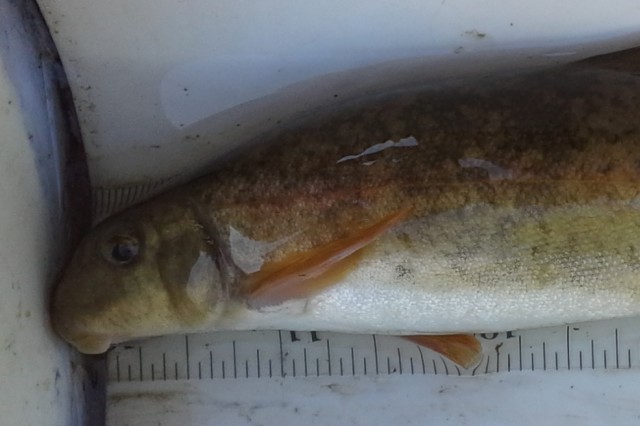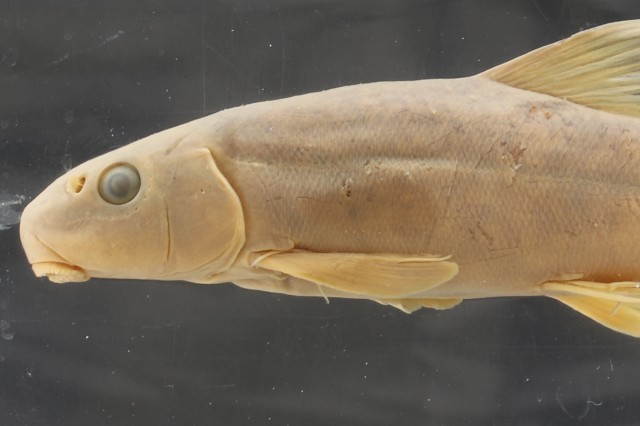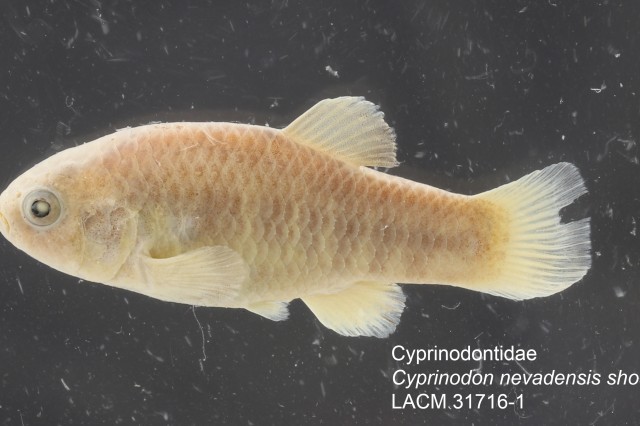Fishes Across America: Into the Midwest
Look out! Killifish coming through
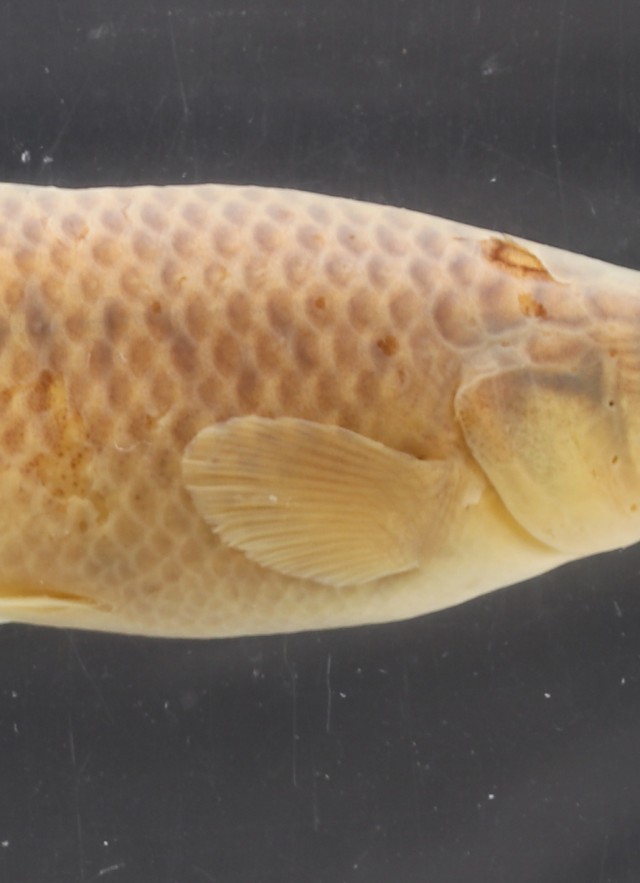
After checking in with a few of our native fishes in the western U.S., it’s time to drive east across the plains.
We will hop on Interstate 80, drop down to I-70, and drive about 19 hours into Kansas, cutting across Wyoming and Nebraska. That’s no slight against the fish diversity of those states, or in the Great Plains in general, but the fish diversity in the central part of the U.S. is on the low side, relative to coastal areas. We do need to make a stop in Kansas, however, smack dab in the middle of the U.S. to check out one of the most unexpected fishes on our trip.
The topminnow family Fundulidae is a globally distributed family of freshwater and marine fishes with about 45 species. Most are found in coastal environments in brackish waters with variable salinity. The occurrence of the Northern Plains Killifish, Fundulus kansae, hundreds of miles from the coast in completely fresh water is a bit of a surprise. How did it get here?
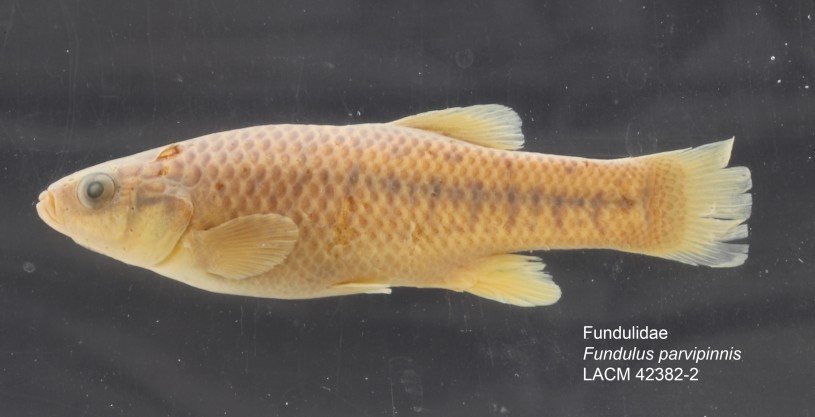
The answer comes from the geologic history of the central U.S. River systems looked quite different in North America during the Pleistocene, from about 2.6 million to 11,500 years ago. Streams and rivers across the Great Plains had connections that no longer exist. The end of the Pleistocene is marked by the end of the last ice age, when glaciers started to melt and sea level began to rise to present-day levels. As glaciers melted, some of the stream and river connections across the Great Plains were altered, cutting off some areas. During the Pleistocene, there was a more direct pathway from the Gulf of Mexico into the central U.S. that allowed a Fundulus kansae relative to swim all the way up into Kansas and colonize a handful of streams. As stream connections were altered over time, Fundulus kansae was isolated from its relatives and evolved into what we recognize today as the Northern Plains Killifish.

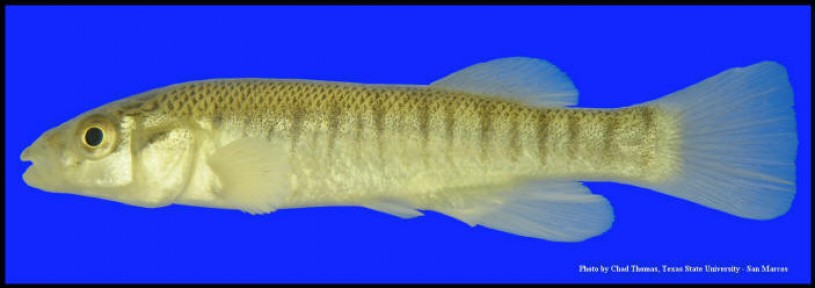
What does the Northern Plains Killifish do in Kansas? Pretty much the same thing topminnows do everywhere else. They hang out in shallow water and feed on insect larvae, crustaceans, and worms.
